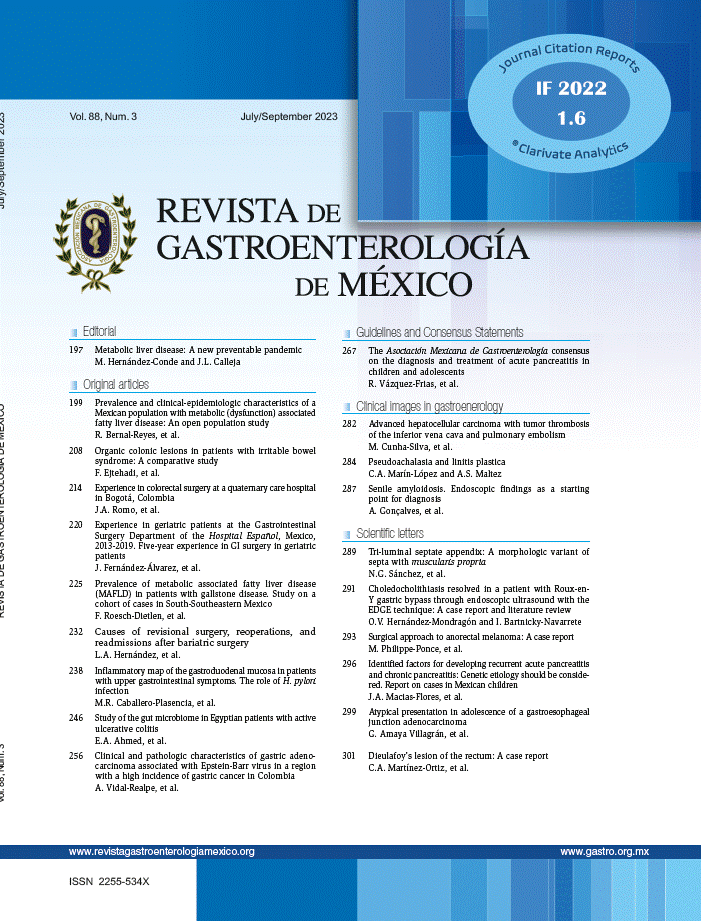I appreciate the interest shown by Teco-Cortes1 in our first Mexican consensus on Crohn’s disease, from a histopathologic perspective, along with his comments. This first consensus included a total of 5 modules on definitions, diagnosis, monitoring and follow-up, conventional and biologic treatment, and surgical treatment.2 We agree on the importance of the interaction between the gastroenterologist and pathologist for making an adequate diagnosis of Crohn’s disease, given that histopathologic findings alone are not specific for the disease, thus requiring the interaction of a multidisciplinary team that also includes the radiologist. Indeed, the differential diagnosis must be made with infectious processes, mainly intestinal tuberculosis. Said disease is very prevalent in Mexico and is a diagnostic challenge for the gastroenterologist with the support of the pathologist, along with other infectious processes, such as Yersinia and amoebiasis, that can simulate histopathologic findings of Crohn’s disease.
Lastly, the frequency of indeterminate colitis was 8.7% in Mexico, in patients that underwent colectomy due to medical treatment refractoriness or who had presented with an acute complication at the Instituto Nacional de Ciencias Médicas y Nutrición Salvador Zubirán.3 On the other hand, unclassified inflammatory bowel disease had a frequency of 2%–5.2%, depending on age group, in the national Mexican EPIMEX study.4
Ethical considerationsThe present work meets the current bioethical research norms. It did not require approval by an ethics committee, given that no diagnostic or therapeutic interventions were involved. The author declares that this letter contains no personal data that could identify any patient.
Financial disclosureNo financial support was received in relation to this letter.



